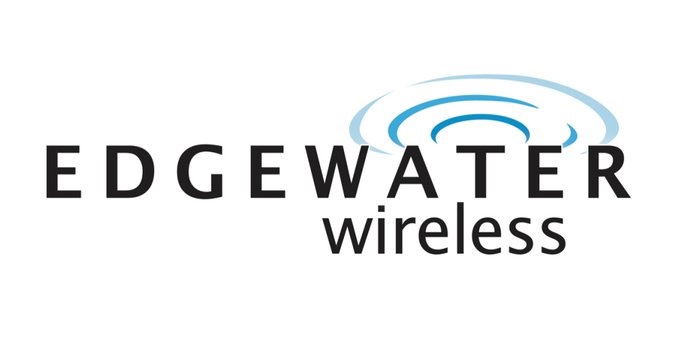
OTTAWA — Having revealed last week it recently completed a residential proof-of-concept (PoC) project demonstrating its patented Wi-Fi spectrum slicing technology with an unnamed Tier 1 service provider, Ottawa’s Edgewater Wireless Systems today provided more details about the trial.
The purpose of the PoC was to compare the current physical layer single-channel architecture offered by today’s Wi-Fi systems, up to and including Wi-Fi 6E, to Edgewater’s patented, physical layer multi-channel Wi-Fi spectrum slicing technology. The major service provider compared industry-standard, dual-frequency, single-channel 802.11AC (Wi-Fi 5) access points to Edgewater’s spectrum slicing architecture configured in six-channel mode, explains Edgewater’s press release.
The PoC was carried out on 750,000 homes with more than six million devices, and provided a real-world view of a service provider’s residential Wi-Fi performance, including details such as aggregate throughput, number of connected devices and PHY rates, says the release. The PHY rate, or maximum association rate, measures the theoretical maximum physical-layer performance of a Wi-Fi connection.
Using traditional single-channel access points in homes, data was captured from the live network and showed a direct correlation between PHY rate and the number of devices. Each time a device was added, Wi-Fi network performance declined dramatically due to contention on the single-channel physical medium, says the release.
“However, using Edgewater’s basic, six-channel spectrum slicing implementation, the client devices were evenly spread across six physical channels and, accordingly, a correspondingly higher PHY rate was enabled. Simply stated, by merely distributing clients evenly across multiple physical channels, the contention is significantly reduced, and performance is not degraded,” reads the press release.
The results of the PoC demonstrated that 75% of homes surveyed experienced 7 to 18 times performance improvements while the remaining 25% also realized gains, says the release. Houses with the most devices saw the greatest improvement, according to the press release. On average, eight or more devices were connected at each home in this PoC trial.
For more information, please click here.



